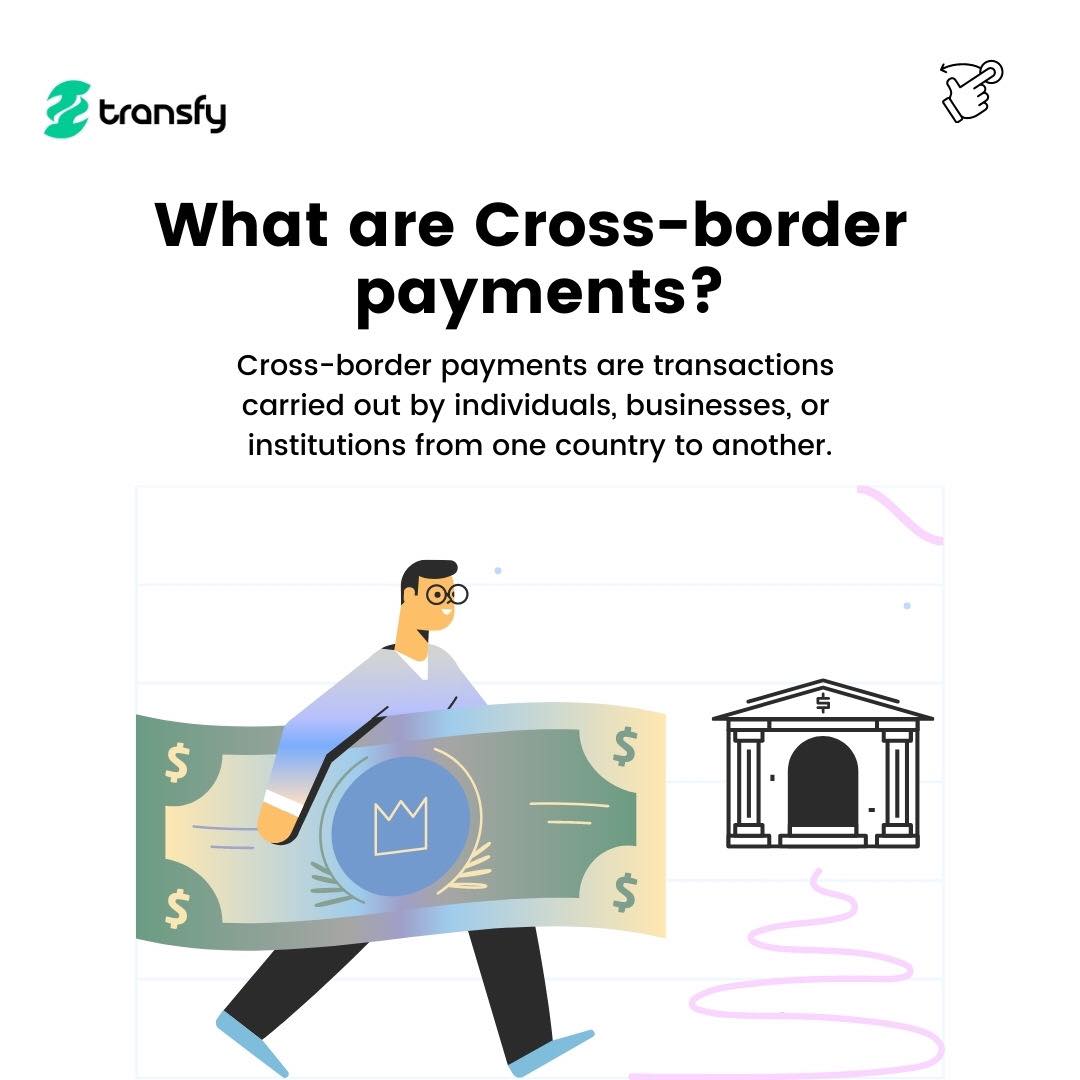When we thought payments had seen the best developments, technology changed.
From contactless payments to crypto and AI integrations, the payment industry has seen tremendous changes in recent years, with more to come.
Come to think of it - when was the last time you traveled with loads of cash in your purse? Or even queued up for long to withdraw from a bank's ATM?
This is because more and more people are moving away from cash/checks and toward digital payments. Digital payment methods offer more convenience and several benefits than traditional payment methods don't. Including faster transactions, low-cost fees, security, and more personalized features in the coming years.
And as we move further into the digital age, it's crucial to stay ahead of the curve when it comes to payment methods.
But first, what are digital payments, and why are they getting so much attention?
What Are Digital Payments and Why Are They Important?
Simply put, digital payments are payments made electronically, as opposed to payments made with cash or a check. Digital payments are evolving rapidly. Over the years, we've seen the rise of new payment methods, the mainstream adoption of mobile payments, and the increasing popularity of digital wallets. It's no secret that more and more people are using their phones to make payments. In fact, a recent study reports that in 2022, more than 60% of all digital payments will be made through mobile devices.
The Covid-19 pandemic also served as an eye opener-individuals and businesses who were stuck with traditional payment methods found it hard to pay and accept payment during the global lockdown. Hence, the need to adopt digital payment methods in an evolving world. In this regard, a Grandview Research shows that the pandemic contributed to a 41% surge in real-time payments. On the other hand, An ACI Worldwide 2021 Report recorded 118.3 billion real-time payment transactions across the globe, with year-over-year growth of 64.5%. And is expected to reach 427.7 billion by 2026.
These payment methods have made it easier for individuals and businesses to pay and get paid seamlessly. For example, with digital payments, you can:
- Pay anyone, anywhere, and anytime
- Pay without having to carry cash or checks around
- Get real-time updates on your payment transactions
- Protect yourself against fraud and lots more.
With that said, let's explore the latest payment trends that are rocking the world in 2022. Shall we?
What Are the Latest Payment Trends in 2022?
The payment landscape is constantly evolving, and businesses must stay ahead of the curve to ensure they're providing their customers with the best payment experience. Here are five digital payment trends that will shape the future of commerce:
Buy-Now-Pay-Later
The Buy-Now-Pay-Later trend, popularly known as BNPL, is a digital payment trend that has continued to grow in recent years. Research by the Allied Market reports that the BNPL industry recorded over $90 billion in 2020. And is expected to reach $3.98 trillion by 2030.
According to Allied Market Research, the global BNPL market stood at In fact; tech giant Apple recently announced its plans to launch Apple Pay Later in September this year. Similarly, Quartz Africa reports that this payment trend is set to hit $7.2 billion before the end of 2022.
With the inflation rates spiking time after time, BNPL tends to make it easier for consumers in Africa to buy commodities and pay by installments. Buy-Now-Pay-Later, allows customers to purchase items and pay for them over time without worrying about interest rates or late fees.
Looking ahead, we think businesses should offer this payment option to their customer. Plus, It's a great way to boost sales and increase customer loyalty.
The Popularity of Peer-to-Peer Payments
Peer-to-peer payment is a payment method that allows you to send money directly from one person to another without having to go through a third party.
Paypal launched the peer-to-peer payment method in the 1990s, enabling people to send money to one another using an email address. And since then, P2P payments have become a thing in the eCommerce and payment industry. The cryptocurrency boom in 2017 has further solidified this payment method, making the P2P payment one of the most widely used payment methods across the globe. According to Quartz Africa, Africa contributes to 70% of the global $1 trillion mobile money market. And this is due to the wide use of mobile wallets across Africa. A GSMA report recorded 621 million registered mobile wallets in 2021, a 23% spike from 562 million in 2020.
Looking ahead, peer-to-peer payments are only going to become more popular. That's because they offer a lot of advantages over traditional payment methods. For one, they offer more convenience and ease. All you need is the other person's phone number or email address, and you can send them money in just a few taps. And with the high rise in mobile payments, this payment trend has probably come to stay.
The Growth of Contactless and In-App Payments
Recently, we're seeing a shift towards contactless payments in major cities and well-developed countries. And it's only going to be a matter of time for this payment method to blow up.
A few years ago, tech-savvy people mainly used contactless payments, but now they're being adopted by a wider range of consumers. This is partly due to the growing number of merchants accepting contactless payments.
A 2021 Go contactless campaign by Emirates NBD ( a banking group in the Middle East, North Africa, and Turkey Region) reportedly recorded a 67% soar in the rate of contactless payments in Africa. Google pay, Apple Pay, and Samsung Pay contributed a large quota to these transactions. This is because of the convenience and security they offer users —you don't have to worry about entering your credit card information on various websites, and your payment information is stored securely. More recently, Opay, Palmpay, and Chinese-owned payment startups are fast rising in West Africa to aid in-app payments.
On the other hand, the NFC technology on mobile phones and other smart gadgets will only add to a wider growth of contactless payments. With NFC, all you need is a phone or a payment card with a tap-and-go function, and you're good to go.
From the look of things, we think contactless payments will continue to grow in popularity and eventually become the standard way to pay for things.
The Rise of Crypto Payments across Africa
A Chainanalysis 2021 Report ranked Kenya, Nigeria, and South Africa among the top 10 countries for cryptocurrency use globally. And this goes a long way to show that cryptocurrency payment in Africa is becoming more mainstream.
Although Africa contributes to about 2% of the global cryptocurrency trading, A Chainanalysis report shows that Africa received about $105.6 billion worth of cryptocurrencies as of July 2021, which is a 1200% rise from the previous year.
Digital currencies like Bitcoin, Ethereum, tether, etc., allow you to make secure, digital transactions without using a credit card or bank account. They also offer a high level of anonymity and unlimited transactions which is a far cry from what the old-school banks have to offer.
With the cryptocurrency boom and rise in crypto trading in Africa, cryptocurrency payments in Africa will only continue to grow in the coming years.
What Are the Benefits of Digital Payments?
There are many benefits to using digital payments over traditional cash or checks. They Include the following:
1.Security: Digital payments are more secure. With checks, for example, there's always the risk of someone forging your signature or stealing your account information. Thankfully, digital payments are now more secure than ever. Biometric features and two-factor authentications are available to help clamp down on identity theft, fraud
2. Digital payments are more Efficient: You can purchase with just a few taps on your phone, and there's no need to carry cash or a checkbook. Plus, you can easily keep track of your spending and budgeting with online banking and payment apps.
3.Convenience: You can use them to pay for goods and services online, in-store, or even over the phone. And you don't have to wait long for your payment to be processed - most transactions are completed within just a few seconds.
So what are you waiting for? Start using digital payments today and enjoy all the benefits they have to offer!
What Does the Future of Digital Payments Look Like?
As more and more people adopt digital payments, we can expect to see even more amazing innovations in this space. Payments will become faster, easier, and more convenient than ever before. So keep an eye out for these trends because they will shape the future of digital payments.



